Here in Wisconsin, we’re bracing ourselves for some of the coldest temperatures we’ve seen so far this winter season. I’m talking super cold, like -13 degree real temps (not wind-chill) that my weather app is predicting for us on Sunday night. When the temperatures get to extremes, it’s important to make sure we’re prepared in all ways that we can be. Besides the obvious precautions like brining your pets inside and putting gas line antifreeze in your gas tank, I wanted to take the opportunity to share some ways that you can make sure your HOME is also ready to brave the elements.
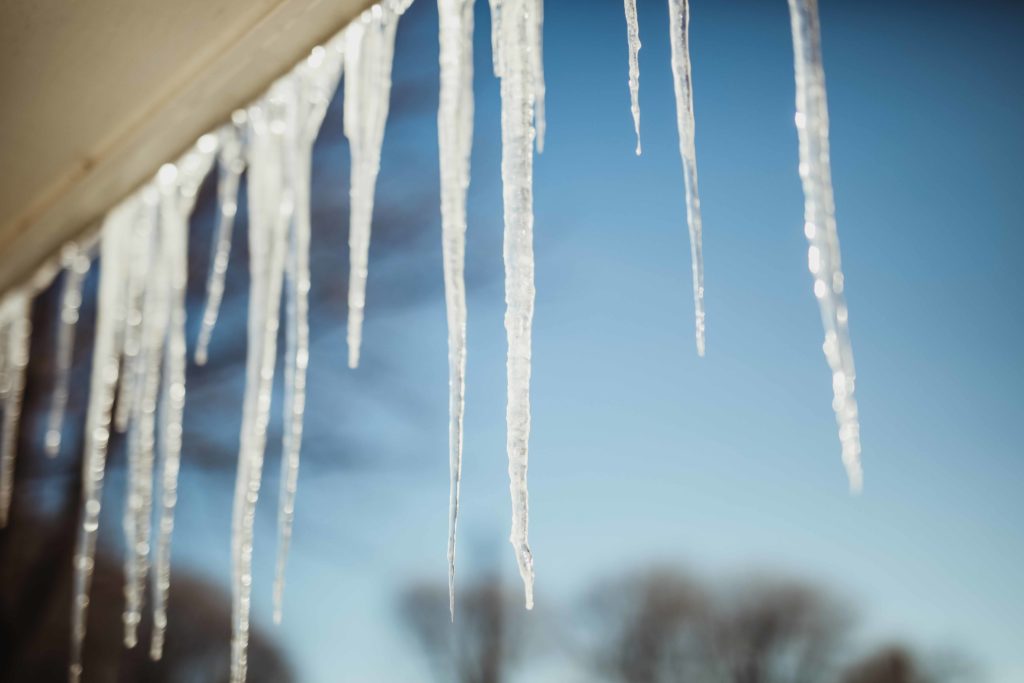
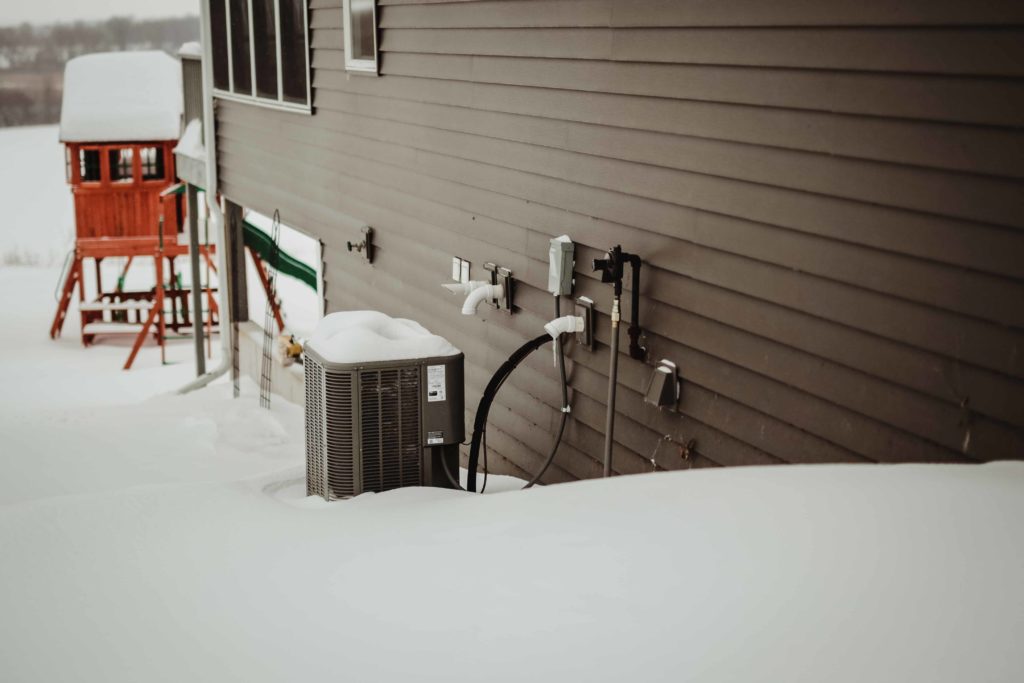 FURNACE
FURNACEThere is nothing more important during arctic air than making sure your furnace is working properly so that it can keep your home and family warm. When the temperatures are so low, your furnace will be working extra hard to heat your house. According to Pete Harms of
R&W Heating and Cooling in Milton, if your furnace filter needs to be changed, it’s very common for a furnace working overtime to overheat and then quit working all together – and right at the time when you need it most. If it’s been a while, or if you think you might not have a good quality filter, change your furnace filter and make sure that it’s getting the best possible airflow. Next, if you have an energy efficient furnace, that means that it’s vented out an exterior wall in your home with a PVC pipe (as opposed to being vented out the roof). Blowing and drifting snow can build up against your home’s exterior and block this pipe. Do a quick walk around your house and make sure that all vented areas are clear of snow. It’s pretty common that your dryer and water heater may also vent out near your furnace, so check that all of these areas are completely clear. Lastly, since your furnace will be working so hard it’s likely that the unit itself will get warmer than usual (this goes for your water heater too). Check your basement and be sure that your furnace and water heater are free of clutter around them. You don’t want anything that could potentially catch on fire to be leaning up against the units.
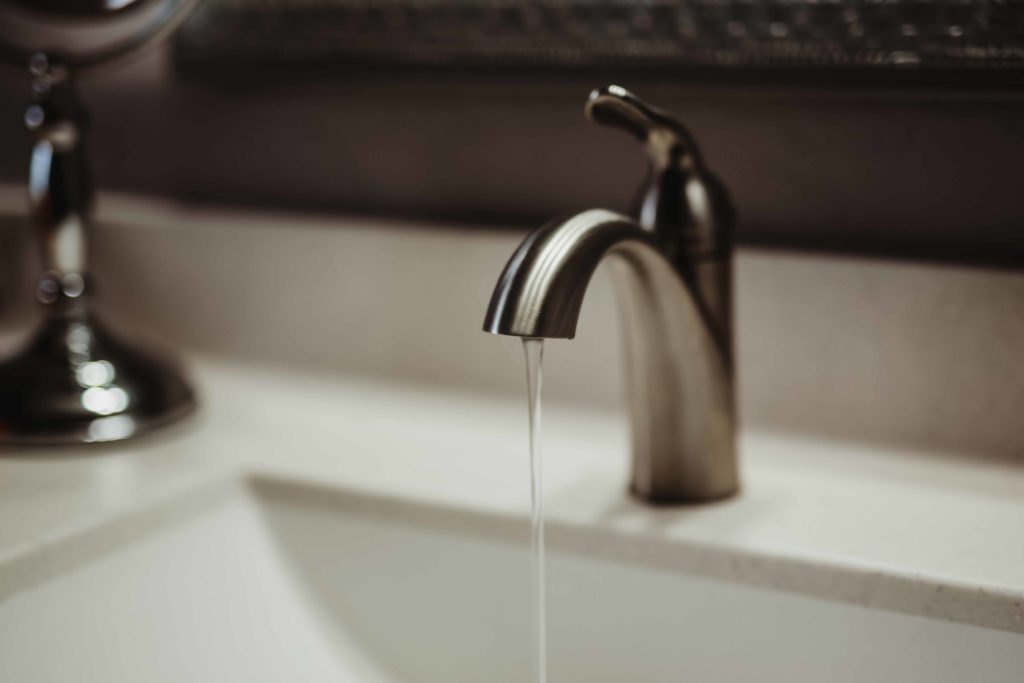 PIPES
PIPESThere’s nothing worse than frozen water pipes during a winter blast like we are getting. Luckily, there are a few things that you can do to prevent this catastrophe from ever happening at your house. First, double-check that the water is turned off to any of your exterior hose bibs. You might’ve already done this in the fall in preparation for our normal winter, but just in case, it’s always a good idea to double check. Next, if you have an interior faucet on an exterior wall that you know doesn’t have the best insulation, you should leave that faucet on at a trickle. The water moving through the lines will keep it from freezing. According to Rich Deininger of
PCI Plumbing in Milton, it’s very common for the hot water lines to a bathroom or kitchen faucet to be the culprit and end up freezing. This is why you’ll want to open up both the cold and hot water lines, so if you have a single-handle faucet be sure that the water trickling out is warm. If you have a two-handle faucet, be sure to turn on both the cold and hot sides to create the trickle of water. If your faucet on the exterior wall has a cabinet underneath it, leave the cabinet doors open below the sink so that the pipes underneath get the warm airflow from your house. Older homes with crawl spaces tend to have the most issues with water pipes freezing. The perimeter of the crawl space is often neglected when it comes to insulation and the windy, freezing cold air can get to the pipes so much quicker. In the short-term, even putting bails of straw around the outside walls of the crawl space can help to keep the cold out. A more permanent solution though is to increase the insulation in these areas, and that’s something that
Sockness Builders or other general contractors can help with.
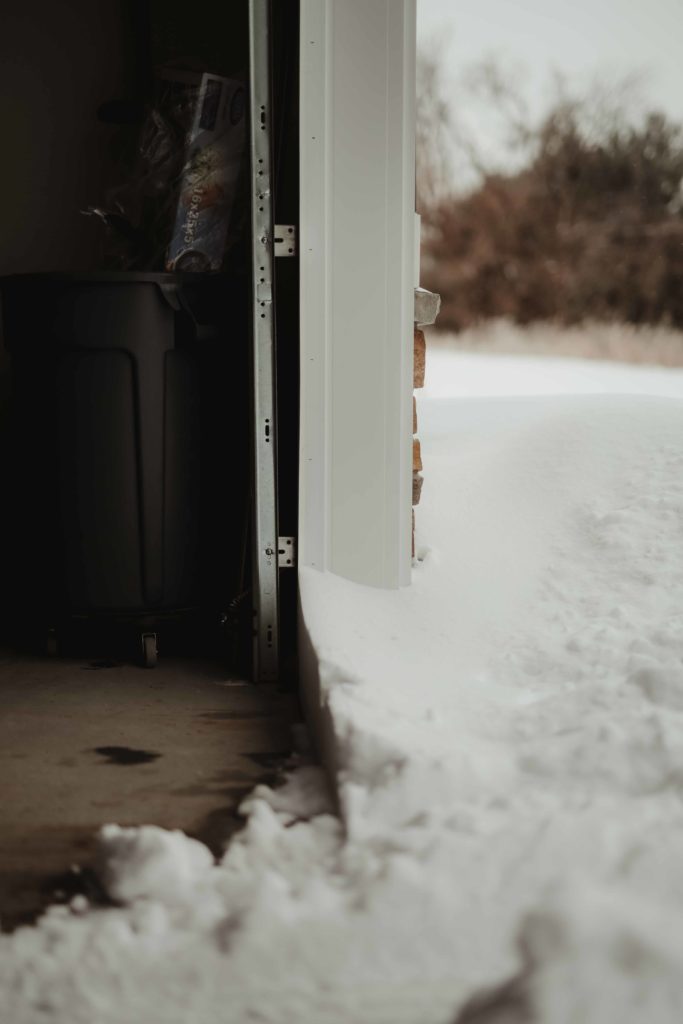 GARAGE
GARAGEIt’s good practice during the winter to keep your garage door closed as much as possible. It’s such a huge area for warm air to escape from. Also, it’s important to keep the seal at the bottom of your garage door clear of snow and ice. It’s pretty common for the snow to build up against the door in this spot when it’s closed. If it does, and then the snow goes through melting and freezing again, it can freeze your garage door right to the concrete floor. A side note here is to always remember NOT to use ice-melting salt near the door. The salt can damage and corrode the garage door and seal. Just try to make it a practice to shovel or sweep away the snow from these areas to keep everything working properly.
EXTERIOR
Icicles on your roof might look pretty in the wintertime, but sometimes they are a sign of a problem called ice damming. When heat escapes through your roof and melts snow that is in the eaves, this melted snow flows to the roof’s edges and then refreezes there creating a dam. This becomes a problem when water has nowhere to drain because it’s trapped behind the dam. This issue can lead to leaks into your home and cause major damage. The best way to prevent this is to make sure that your gutters and downspouts are cleaned out. Especially if you have leaves and other debris from the fall still on the edges of your roof, get this all cleaned out to allow proper flow and drainage. Another way to help prevent this problem is to use a roof rake to remove the extra snow from the overhangs. These are commonly sold at places like
Dave’s Ace Hardware in Milton.
SNAP, CRACKLE, POP?
How many of you have been woken up out of a dead sleep because your home makes strange (and LOUD) popping noises in the cold temperatures? I know that I have! But I’m here to tell you not to worry. This is actually very common in the winter and it happens because as the temperatures tumble outside and we heat our homes on the inside, the relative humidity is low in our homes and the air becomes dry. The dry air makes the building materials of your home contract and this causes the wood materials to scrape against each other. Especially when your home’s roof is heavy with snow, this can be the reason for this happening in the rafters of your house. The good news is that you shouldn’t lose any sleep over this. Houses are built to withstand the temperatures and the materials are meant to move.
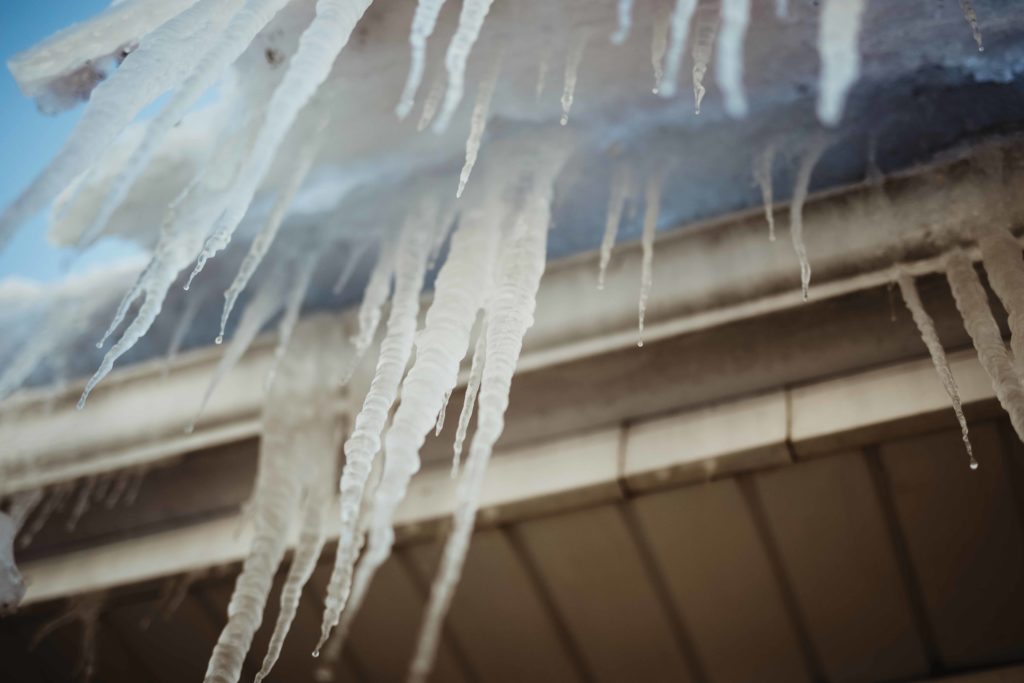 S.O.S.
S.O.S.Even if you’ve taken all of the precautions to make sure that your home is ready for the cold, it’s possible that you might find yourself in a predicament. Here’s a helpful checklist for the two most common cold-weather headaches for homeowners.
IF your water pipes are frozen…
1. Find the main water shut off valve in your basement and turn off all water to your home.
2. Make a call to your plumber (
PCI Plumbing in Milton, for example).
3. Then you and your plumber will figure out where the problem is happening and try to isolate and heat the area.
IF your furnace stops working…
1. Check your home’s exterior to make sure that the vented PVC piping is not blocked by snow and ice.
2. Check the batteries in your thermostat.
3. Check to make sure your furnace has power. On a newer home there will be a power switch right on the furnace. In older homes, it could be a breaker or a fuse in the panel that needs to be checked.
4. Change your furnace filter to one with low static pressure (like the Healthy Climate brand filters). Even a brand-new filter from a big box store may not have low enough static pressure to keep your furnace running like it should.
5. Once you replace the filter, turn your furnace off and then back on again.
Stay warm everyone! Only 44 days, 7 hours, and 32 minutes until Spring!
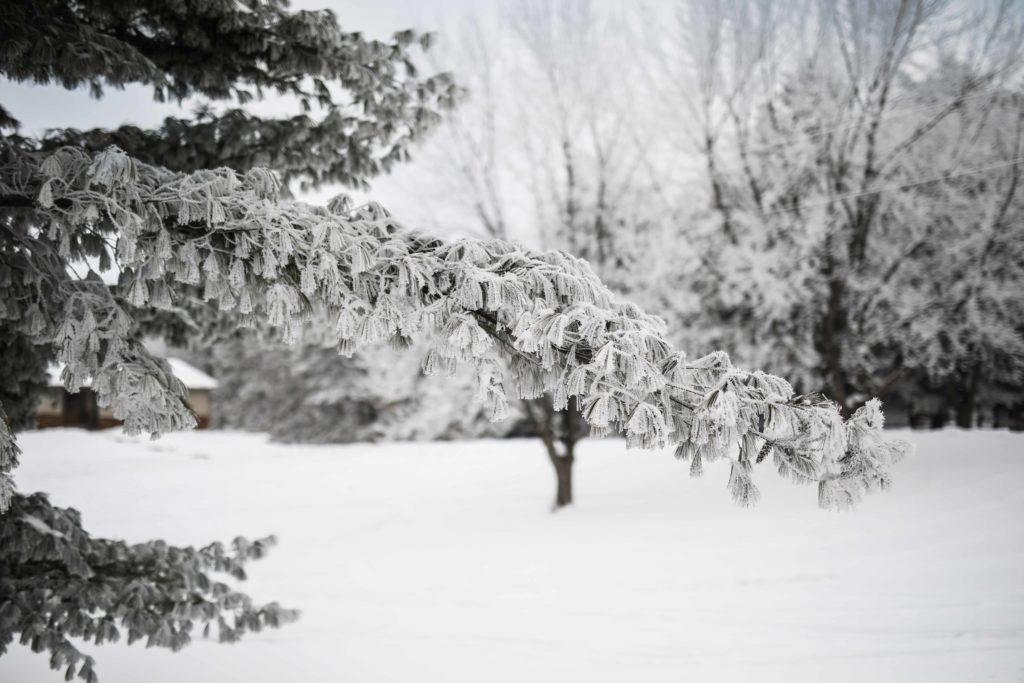

 FURNACE
FURNACE PIPES
PIPES GARAGE
GARAGE S.O.S.
S.O.S.


